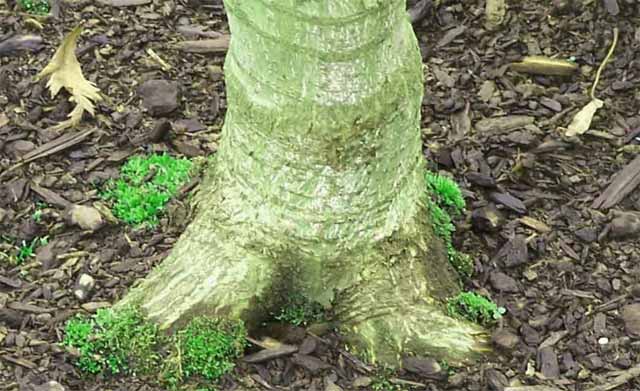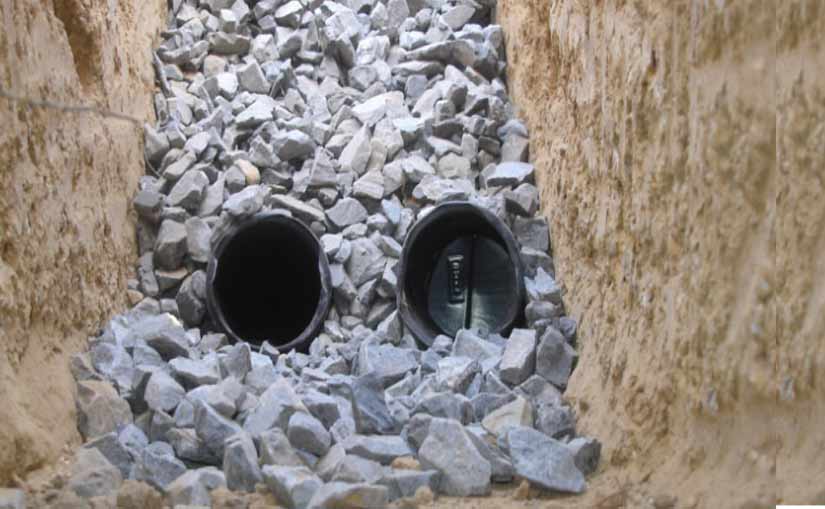This article will cover how to landscape around French drains. A property should always have French drains. These components are very useful in helping your property channel out the excess water load that it receives on a daily basis especially when it rains heavily. A typical residential property may have problems with stagnant water accumulating at the sides of the house or around the septic area. Not every property has the right leveling of soil components. There are times when certain areas of the property become more depressed. This makes it easier for water to stay for prolonged periods. The water that stays near your home or near your septic is not good. If it collects near your home, it seeps into the foundations. As a result, the water weakens the foundations, putting your house at risk of deteriorating at a much faster rate. On the other hand, if you always have excess water near your septic, you can expect septic problems arising frequently.
Installing French drains in your property will help deal with the excess water it experiences. However, you may have to landscape well if you want a smooth running French drain system. As a homeowner, it’s understandable that you can’t just have a plain-looking yard with technical components obviously installed in the ground. You have to put aesthetic elements in your yard so that it can be inviting and pleasing to the eyes. In landscaping, you need to consider the plants and structures that will complete your property’s look. Knowing that there should be French drains, you need to think hard and consult some experts with regard to the placement of landscaping elements. Below are some considerations on how to landscape around French drains:
- Know the right area to have French drains. Determine the right location for your French drains. You should make sure that it drains towards an area that is dry and should be able to deal with the excess water from the drain.
- Be sure that there are no hardwood plants over or near your French drain. As you know, hardwood plants like shrubs and trees have persistent and complex root systems that tend to spread over t areas that have high levels of water. Since you French drain is responsible for collecting and diverting excess water, it is natural for hardwood plants to become attracted and seek it out. These root systems tend to travel much farther than they usually do if they sense that there is a richer sources of water and nutrients for them. In a huge way, they are opportunistic and the obvious reason is that they need to survive. If you already have shrubs and trees in your yard, you should place your French drain far away from them. You also have to know the normal range of root growth and the variety of tree that you want to plant. If the mature tree is going to be 30 feet tall when mature, you need to plant it 30 feet away from the French drain. Know the tree well because some require at least a hundred feet of distance from the drain.
- Consult an arborist about non-aggressive trees that you can plant near the French drain. You can consider dogwood trees, cherry trees, crabapple trees, oak trees, sourwoods trees, and pine trees (except for Monterey pines). These trees have less aggressive root systems and can incur less damage to the French drain.Experts say that any hardwood plant is not ideal for planting near French drains or septics. They all have roots and if they have roots, they have a tendency to clog the systems. Once the French drain is clogged, the excess water can never reach the drain spot. It will only back up and even overflow.
If you have trees blocking your French drain path, your arborist will help you install the French drain without compromising the root systems. However, you should take note that if the water is richer in nutrients, roots tend to do their best to access that. Landscaping around French drains should be easier once you know how roots behave and once you know where to put your drain.


